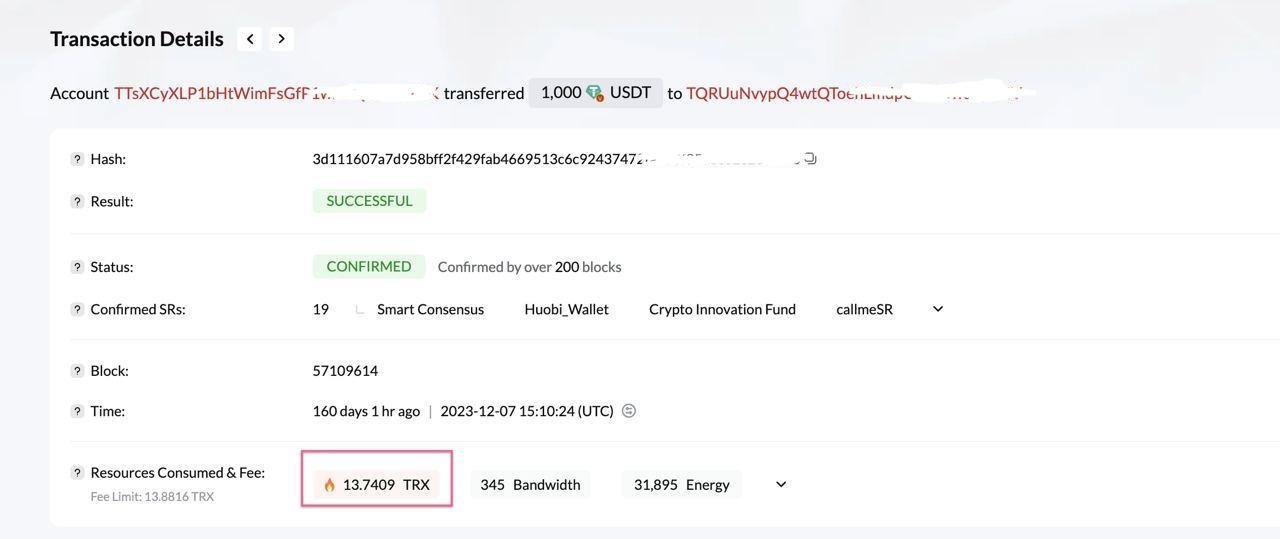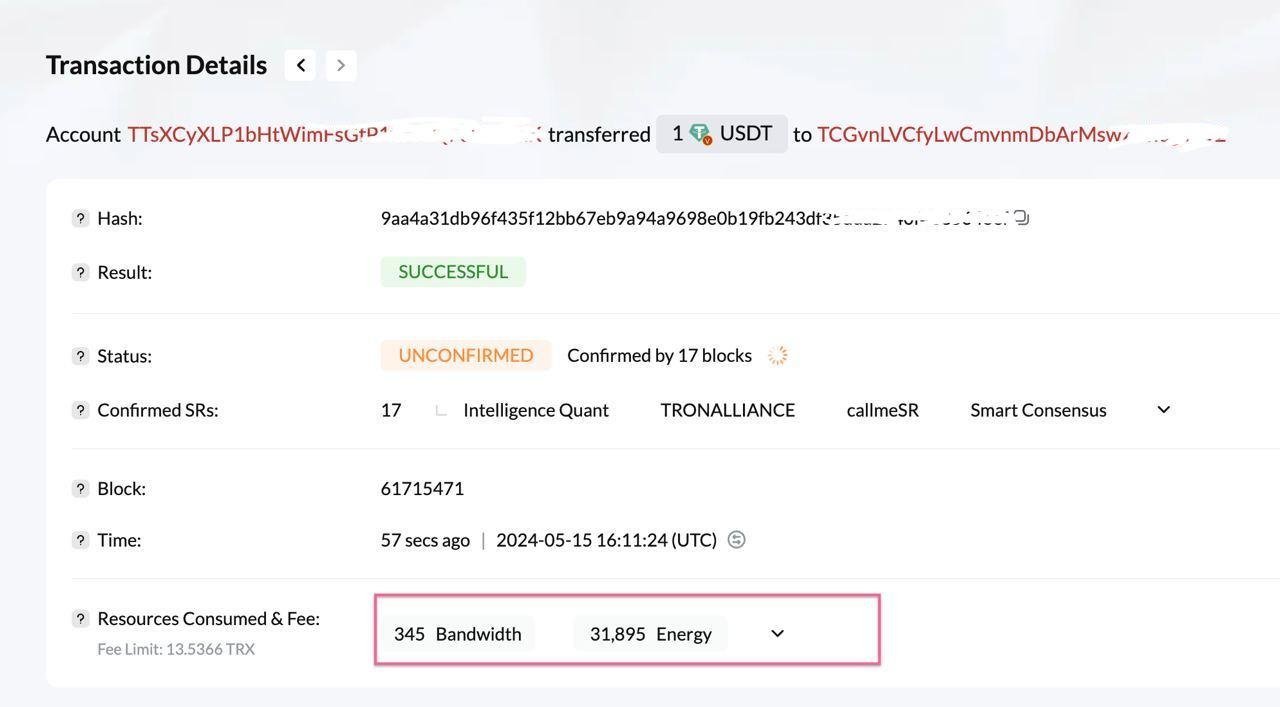History of Tron USDT TRC20 gas fees, by day
Tron USDT transfer fees do not fluctuate by the hour like Ethereum; they are only dependent on the TRX rate. This graph shows the historical cost of USDT transfer to an empty wallet (13.4TRX multiplied by the historical TRX to USD rate).USDT Tron 
1.98-4.14 USD
🔥 1.09-2.21 USD with @TronCastleBot
How USDT gas fees are calculated in Tron?
Gas fees estimation is tricky for the Tron network. TRC20 USDT transfer requires wallet to have "energy" and "bandwidth". If you are a regular user who sends USDT once or twice per month, chances are your wallet does not have energy. So..
📢 Update: As of August 29, 2025, proposal #104 reduced the energy unit price from 210 sun to 100 sun, effectively halving the TRX fees for USDT transfers!
- The sender pays 13.4 TRX when sending to an empty USDT wallet (reduced from 27.25 TRX).
- However, the sender pays only 6.4 TRX when sending to a non-empty USDT wallet (reduced from 13.4 TRX; yes, you read that right—even 0.1 USDT TRC20 already in the recipient's wallet is enough to significantly cut your commission fees!)
- If you are willing to freeze 3-5 thousand USD worth of TRX, you can stake your TRX, earn an annual yield of around 4%, and also gain more energy that you can use for USDT transfers. Alternatively, you can delegate this task to others and purchase discounted energy from people or companies that have a surplus.

Example of a transaction where TRX were burned for a USDT transfer

Example of a transaction where wallet had enough energy so NO TRX were burned for a USDT transfer
How to reduce Tron gas fees?
- Remember that sending USDT to a non-empty wallet costs only 6.4TRX (almost two times cheaper). Note: These fees were recently reduced by 50% thanks to proposal #104.
- TronCastle project manages a pool of Tron energy and offers a convenient way to significantly reduce the gas costs of USDT TRC20 transfers (energy purchase can be completed using their Telegram bot). Instead of burning your TRX to get energy for sending USDT, you send fraction of these TRX to the bot, and it provides your wallet with the energy needed to complete the transfer. Essentially, the energy purchased from the bot is much cheaper than the energy obtained by burning your TRX. Does it sound a bit complicated? That's because it is! This approach was made possible recently thanks to the Stake2.0 model of the Tron blockchain.
- Sending TRX within the Tron blockchain is much cheaper than sending USDT (essentially, it's free—you don't burn energy for this; you only burn bandwidth, and every wallet on the Tron network receives a lot of bandwidth every day). USDT is a smart contract, while TRX is not. Of course, this might not be optimal in many cases, but it's a useful thing to know!
- Sending 1000 USDT and sending 1 USDT costs exactly the same. Avoid splitting your transactions into smaller ones unless you really have to.